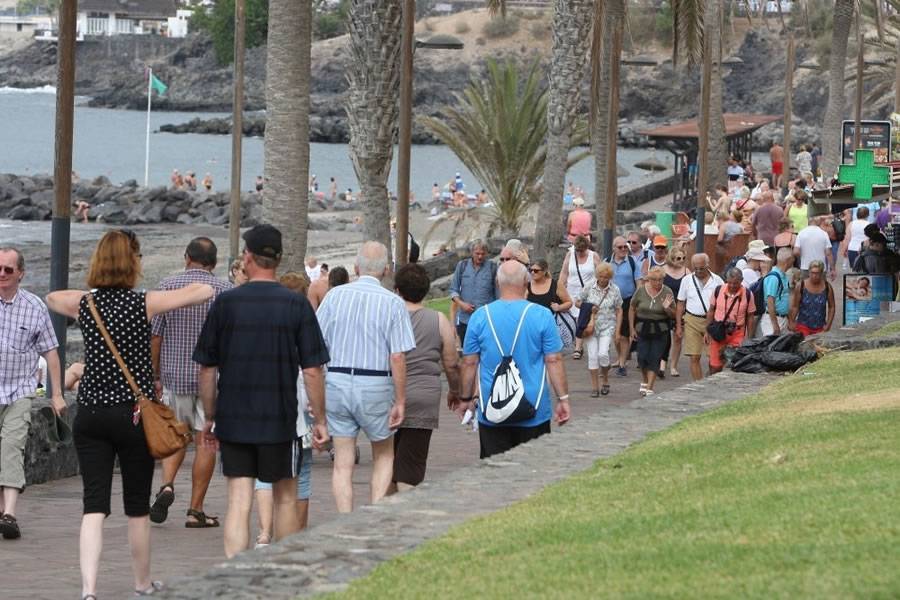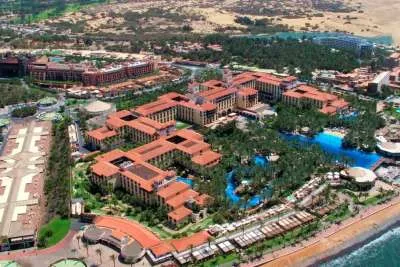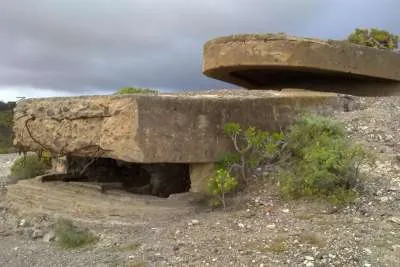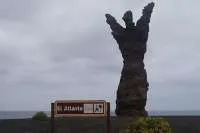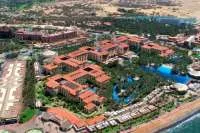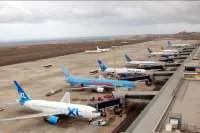Population in the south of Tenerife has tripled over the last 25 years
- 09-08-2023
- Tenerife
- Canarian Weekly
- Photo Credit: Stock Image
If you look back to just before the turn of the century, the south of Tenerife was very different. In 1998, just over 26,000 people lived in the most populated municipality in the south, Arona, which is more or less the same number as Tacoronte or Icod de los Vinos have now, in the north of the island.
The other municipalities in the south were not dissimilar either. Adeje had just over 13,600 registered inhabitants; Granadilla de Abona had 17,321, and San Miguel de Abona had 5,722 inhabitants, meaning that there were under 63,000 people living in the region.
Admittedly these figures are slightly lower than 30 years ago in the early 90s, as many foreign residents left the island and Canarians migrated to the north due to the recession and better work opportunities.
Regardless of that, just twenty-five years later, the south now has over triple the number of inhabitants with more than 206,000 people registered as living in these four municipalities.
However, the most worrying problem is the continued rate of growth. The region of Santa Cruz to La Laguna, including El Rosario and Tegueste, has a lot more inhabitants with 395,000 people, but its growth in the same period has not reached 10%.
This is still a concerning percentage in the limited space of an Island, but in comparison, the population of Arona has increased by 10%, from 100,000 to 110,000 inhabitants in just four years since 2019, even with a global pandemic during that time.
If this growth was to continue at the same rate for the next 25 years, the South would have over half a million inhabitants, which is unthinkable taking into account the pressure there already is on housing, ecosystems, and infrastructures.
Arona is now the third most populated municipality in Tenerife, and the fifth in the Canary Islands, and business opportunities and job creation have pushed the arrival of new residents from all over the world. In fact, the unemployment rate in Arona has fallen so much that it has reached levels similar to those before the 2008 economic crisis.
Despite the increase in the active population, i.e., those who enter the job market, the unemployment rate is 14%, which is below the island average of 20.6%.
This means that the municipality contributes more than it receives from public coffers. Workers in Arona contributed 64.2 million euros in Personal Income Tax (IRPF) last year, which makes the municipality highly profitable as the figure received directly by the different Administrations was barely half that amount.
Other articles that may interest you...
Trending
Most Read Articles
Featured Videos
A Vision of Elvis Tenerife Promo
- 10-05-2025
Tenerife Travel Guide
- 13-12-2024
Live webcam from Lanzarote airport
- 13-12-2024


